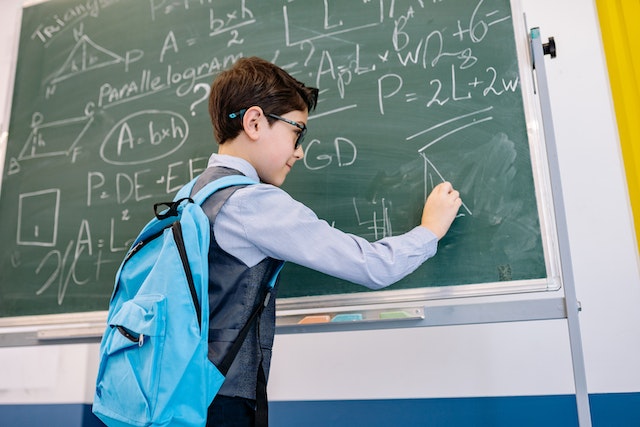The 8th grade is a crucial time to learn math. It is the year you need to master the basics to enter high school with a strong foundation for advanced courses.
How to Learn 8th Grade Math
The curriculum focuses on number sense and operations, algebra, geometry and spatial sense, measurement and data analysis and probability. This is all critical to understanding the big kahuna of math in high school: Calculus.
Number System
In 8th grade math, students learn about number systems. They also learn to use linear functions to compare and analyze relationships between different quantities.
A number system is a way of representing numbers mathematically using symbols like digits, numbers, and irrational numbers. There are mainly four types of number systems: base-10 (decimal), base-2 (binary), base-8 (octal), and base-16 (hexadecimal).
The most common number system is the decimal system, which counts by using 10 digits. It is also used in modern computers and can be expanded to a larger number by grouping the digits into groups, called bytes, or combinations of 8 bits.
Other number systems include positional base b numerals, which use a radix of b i.e. b basic symbols to generate the rest of the numerals. The radix is a natural number greater than 1 that is a positive number. The digits are then placed in positions along a line, which is the number system, to form numerical values.
Geometry
One of the most important concepts in eighth grade math is congruence and similarity. Students will learn how to use proofs to establish the relationships between two figures, and how to manipulate two- and three-dimensional shapes and angles.
Another way that students can apply their understanding of congruence and similarity is through sequences of transformations, such as translations and dilations. Asking students to explain how they would take a figure from one point to another is a good starting point for learning about transformations.
Work with transformations also enables students to develop viable arguments and critique others’ reasoning. This helps them prepare for high school geometry, where formal arguments about congruence and similarity will be required.
Functions
Math eighth grade students learn to describe the relationship between sets of numbers called inputs and a set of numbers called outputs using functions. They use this knowledge to create tables, equations, graphs and verbal descriptions of how quantities are related.
Functions are one of the most important topics that 8th graders will need to understand in order to master algebra. They will need to be able to identify and analyze a function’s rate of change, initial value and intervals of increase or decrease.
Probability
Probability is a branch of math that deals with the occurrence of a random event. It is expressed as a number between 0 and 1, with higher values signifying greater likelihood of the event occurring.
1. Explain how probability is a measure of uncertainty in a set (S) that contains a sequence of events or outcomes.
2. Understand that there are different types of probability: independent, dependent, complementary, and mutually exclusive.
3. Use the complementary rule to express probability: P(A’) = textP(A) or P(not A’)P(not A)P, left parenthesis, start text, n, o, t, space, end text, A, right parenthesis, is equal to 1 + P(A) – P(not A).
4. Explore the relationship between probability and statistics: Conclusion: Probability is a key concept in math that is used in many areas of science, engineering, and everyday life. It is often used to help predict the outcome of a test or experiment.
